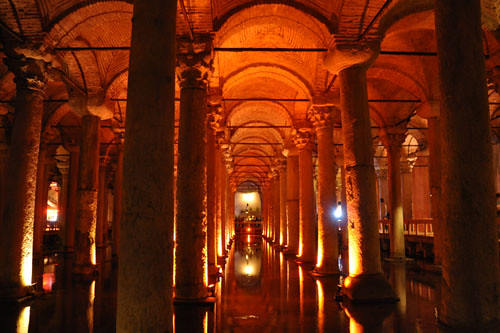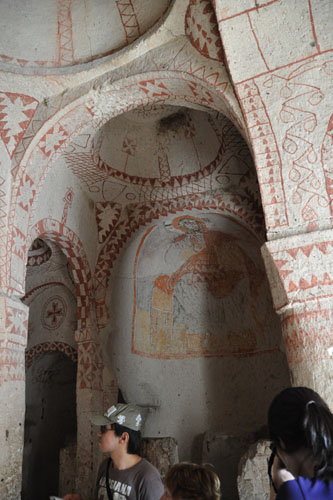Taking Pictures
This came out of a comment this week asking about our bodacious low-light lens.
I think a decent camera is an important part of your home renovation toolkit. When we decided to drop some money on a DSLR (we already had a few film cameras, but those are less useful for web stuff because of the whole processing delay), it was in no small part because having a good camera makes taking good pictures easier, and saves me a lot of time post-processing.
I shopped around a lot, and decided on the Nikon D5000 for a couple of reasons that are probably unique to me:
1. It fits right in my hands. I am a small person and have small hands. The D90 a friend lent me worked OK, but was really too heavy to carry for more than a few minutes at a time. When we work on the house I often have the camera in my hands for hours at a time.
2. It could take my old Nikon lenses.
As it turned out, the D5000 could take my old Nikon lenses, but could not autofocus with them. But the cameras that could autofocus with them were too heavy to lift. So I sold the old lenses and bought a couple of new ones.
Now, I could have just bought exact replacements of the old lenses and had a fairly wide kit. But I have come to hate dragging piles of stuff around, and then I read this post (and this related post) by Ken Rockwell.
It's full of casual sexism, but as long as you rely on him as an expert only in a field he knows anything about (which is to say photography), there's a sentence in there that resonated with me:
"More gear doesn't make better pictures, it gets in the way."
So instead of replacing my range of lenses with more lenses, I got only two lenses, a Nikon 18-200mm VR II, and a Tokina 11-16mm f/2.8 AT-X (links to Ken's site because his reviews were my primary motivator for buying those two lenses).
I use the Nikon lens for almost everything: a lot of my photography is handheld and in low light, and that lens is a champ. When I need to take a picture in a small space (like our pantry), I use the Tokina, which does not autofocus with the D5000, but for that kind of photography autofocus is not necessary.
Some examples of the two lenses in action:
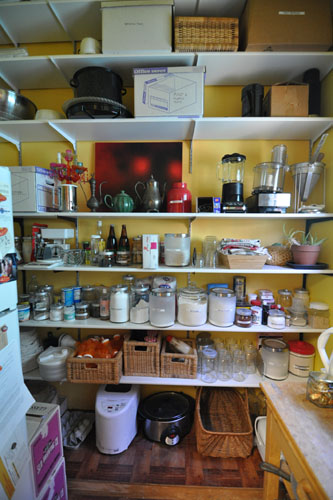
That's taken from the doorway of the pantry, maybe five feet from the back wall. The Tokina, on a tripod.
Another Tokina photo:
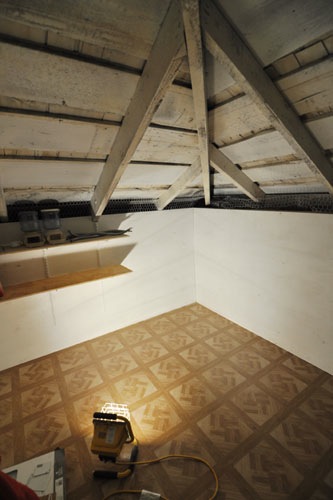
An 8ft by 8ft room with a ceiling that slopes from about four feet high up to around seven feet high. A pretty small space, all things considered.
The Nikon lens is the lens I use the most often. It's a real workhorse, taking some decent wide-angle shots and also zooming in for nice macro shots. The VR is amazingly good; I take a lot of shots hand-held after dark, and they come out really well.
This is the Basilica Cistern in Istanbul. It's a large stone water tank with some low-level lighting to keep you from tripping and falling in the water. The light is low there, so low that I took this shot not expecting to be able to see anything. I was just standing still, not even bracing myself against something.
Another travel photo is this one:
That's a small cave chapel dedicated to St. Barbara in Cappadocia. This is the inside of a cave, and all that light is natural light from the doorway (plus some post-processing in Photoshop to fix colours and lighten it up).
And of course:
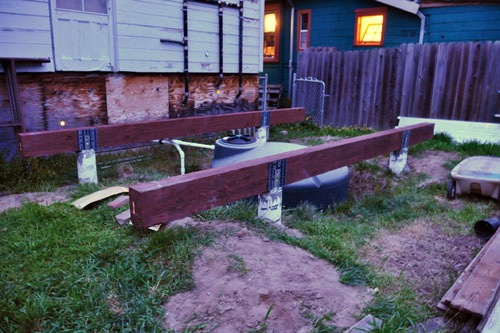
I'm pretty happy with both of my lenses. Sometimes I consider buying another lens for variety or to do more artistic stuff, but I could quite happily take every picture I ever want to take with these two lenses.
I should add that I also use Photoshop to correct colour, lighten, and otherwise fix photos. You can't fix everything, but a lot of margin photos can work OK for the purposes of this blog with some work.posted by ayse on 03/27/12
